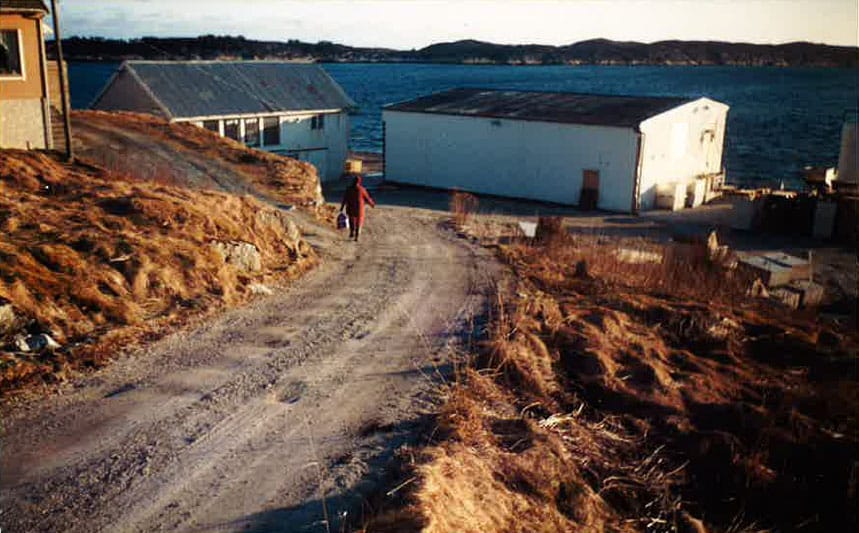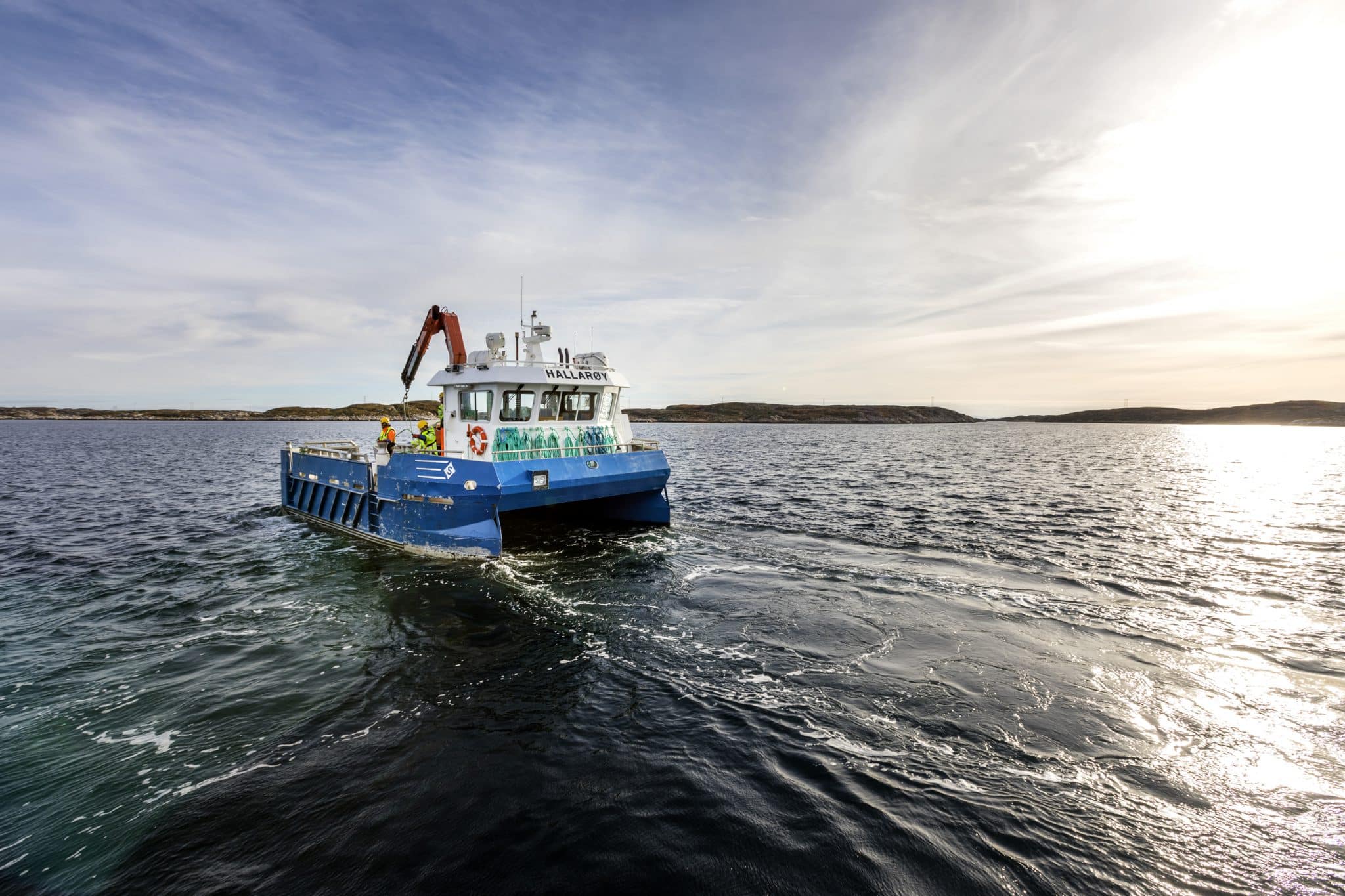
Our History
SalMar was founded in February 1991 following the acquisition of a licence for the production of farmed salmon and a whitefish harvesting/processing plant from a company that had gone into liquidation. These events took place during one of the most turbulent periods in the history of the Norwegian aquaculture industry, which subsequently also led to the collapse of the fish farmers’ own sales organisation (Fiskeoppdretternes Salgslag AL) in November that same year. It was precisely this company’s failure, and the so-called salmon mountain, that helped lay the foundations for the secondary processing operations which are a cornerstone of the SalMar story. Up until then the vast majority of Norwegian salmon had been exported as fresh or frozen round gutted fish. This was the start of a major restructuring of the Norwegian aquaculture sector, which gradually led to a substantial increase in its level of industrialisation.
Since its inception in 1991 SalMar has developed into a vertically integrated aquaculture enterprise, whose production stretches from roe/broodfish to the sale of finished products. SalMar has gone from a single company with one licence for the production of farmed salmon in Norway, to an international company with farming activities in Norway, Offshore, Iceland and UK, and sales offices in Asia. Today, SalMar is the world’s second largest producers of Atlantic salmon.
In short, SalMar has made spectacular progress since its inception, and is looking forward to an equally exciting period of development in the years to come.
Total volume harvested
252,000 tonnes gutted weight
First delivery from smolt facility Tjuin in Central Norway. Harvest from two semi-offshore projects with strong biological performance. Purchase of non-controlling interest in Refsnes Laks and Hitramat Farming and Sale of Osan Settefisk AS. Announcement of aqusition of controlling interest in AS Knutshaugfisk. Launch of the ambitious innovation and R&D initiative, Salmon Living Lab.
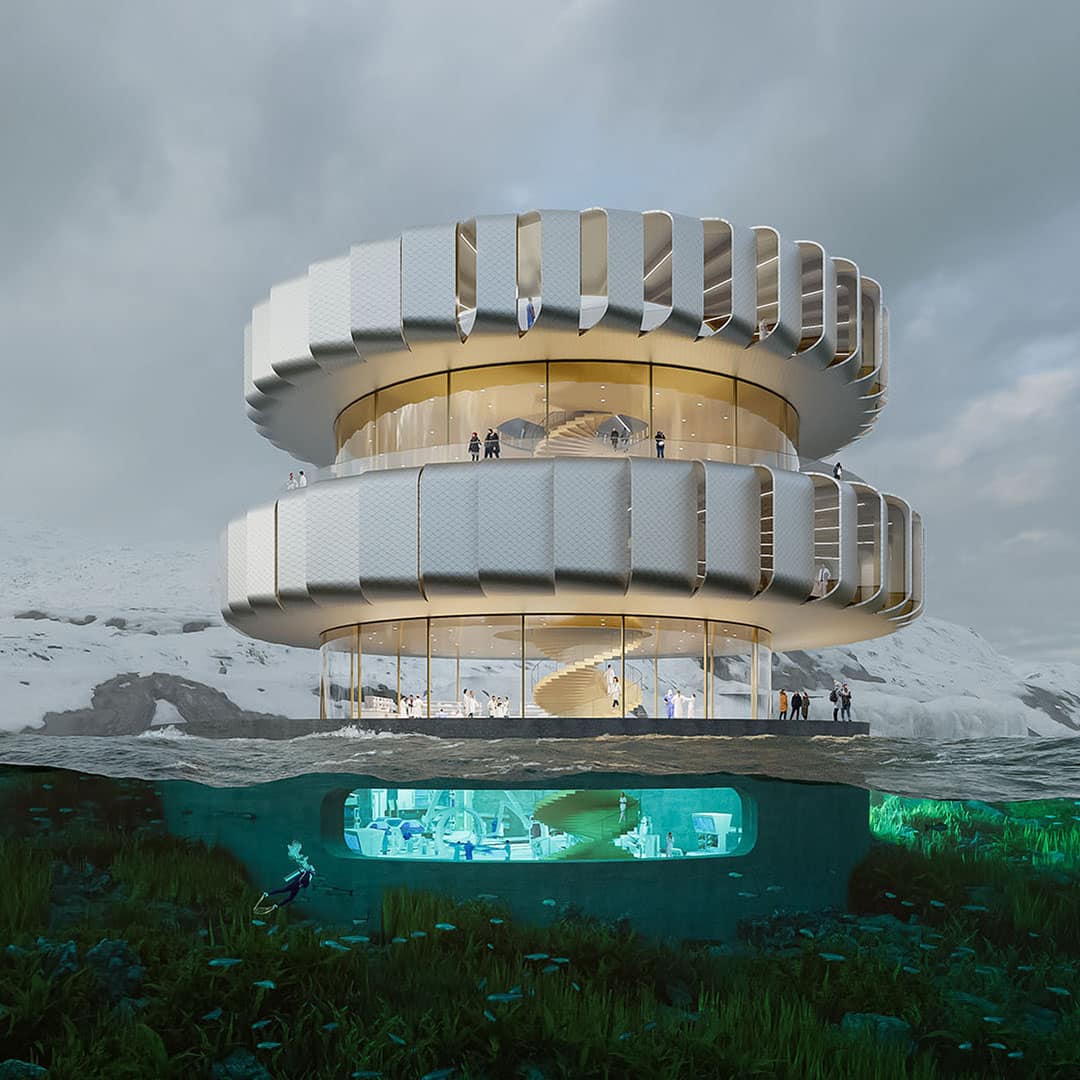
Total volume harvested:
266,500 tonnes gutted weight
Successfully integrated NTS, NRS and Salmonor into operational set-up in Norway. Aquaservice company Frøy sold following a succesful strategic review. New unsecured financing in place. Finalized construction of new smolt facility in Tjuin in Central Norway. First harvest from semi-offshore unit Arctic Offshore Farming.
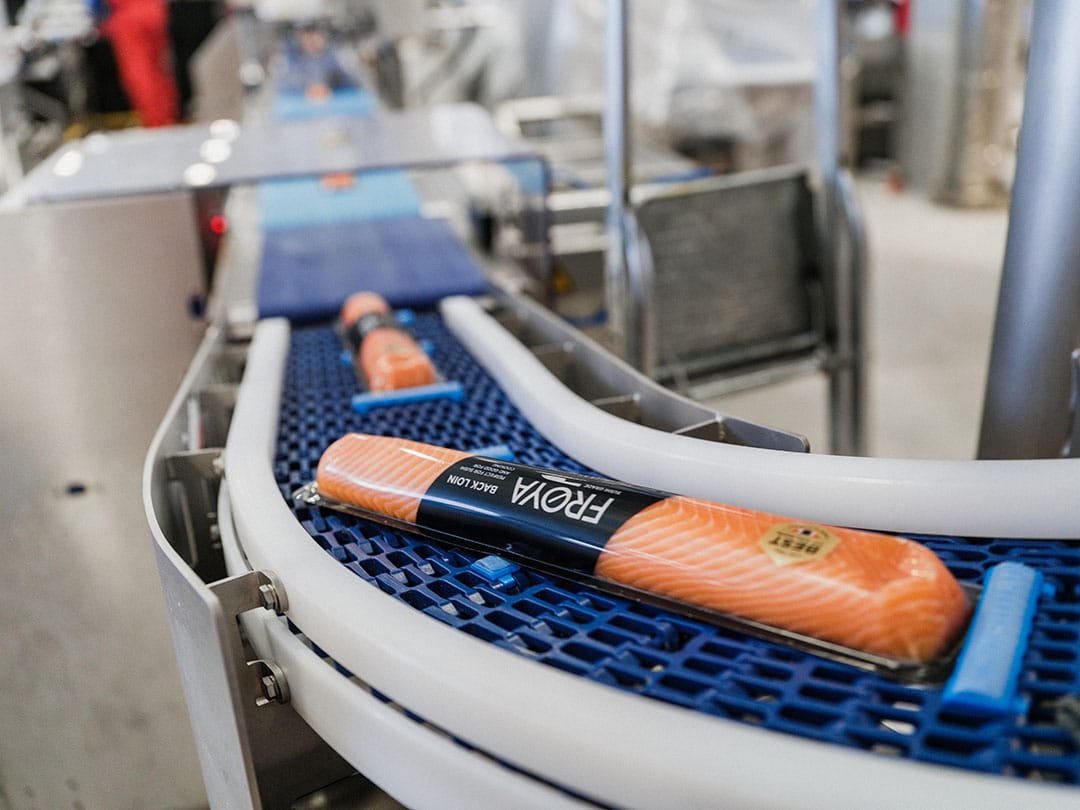
Total volume harvested:
211,600 tonnes gutted weight
Increasing position of SalMar to the worlds 2nd largest salmon producer by joining forces with NTS, NRS and SalmoNor at the end of 2022 through a series of transactions. Majority owner in aquaservice company Frøy after the transactions. Finalized construction of new smolt facility on Senja in Northern Norway. Gustav Witzøe stepped down as CEO and took up the position as Board Chair. Linda L. Aase CEO from May until October and Gunnar Nielsen CFO from April until October. Frode Arntsen new CEO and Ulrik Steinvik new CFO from October.
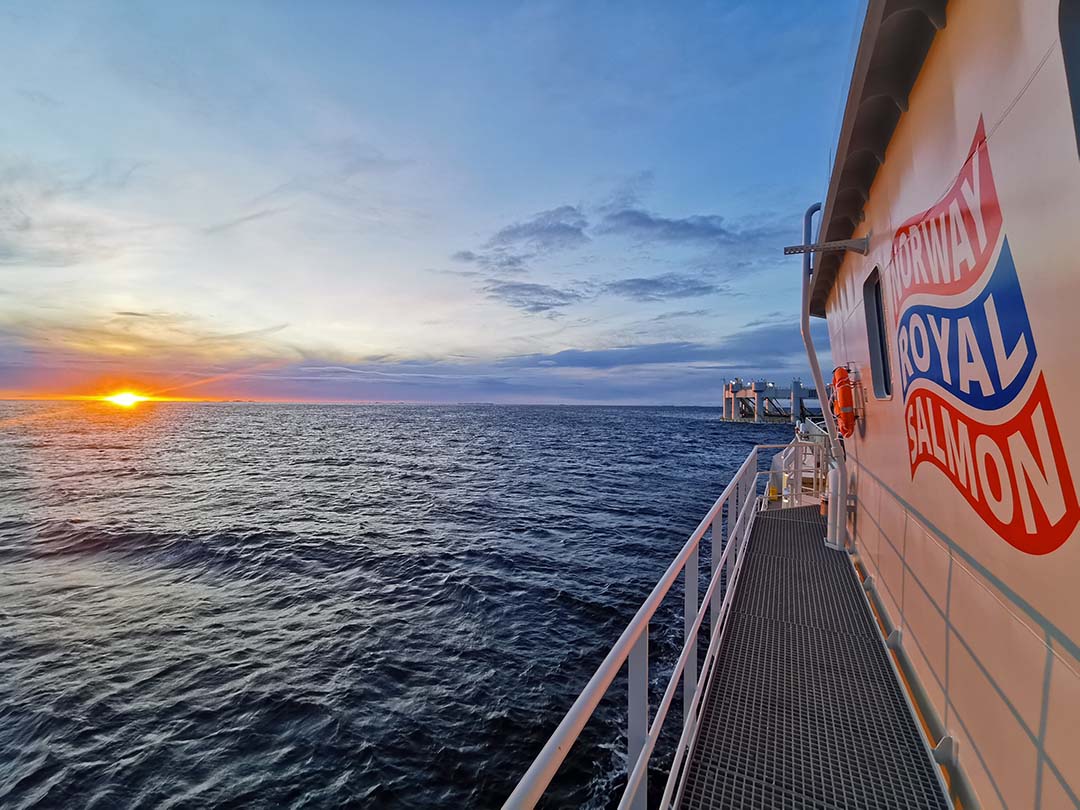
Total volume harvested:
198,200 tonnes gutted weight
InnovaNor in operation, the new harvesting and processing plant on Senja in Northern Norway. Started construction of a new smolt facility in Central Norway, Tjuin. Successful issue of the first green bond and a private placement in SalMar ASA. Strategic partnership with Aker through SalMar Aker Ocean to establish a global offshore aquaculture company Increasing our production capacity in Central Norway through aqusition of ownershare in Refsnes Laks AS and Nekton Havbruk AS Scottish Sea Farms Ltd. acquired Grieg Seafood Hjaltland UK Ltd. strengthening our value chain and increasing our presence in the Shetland region
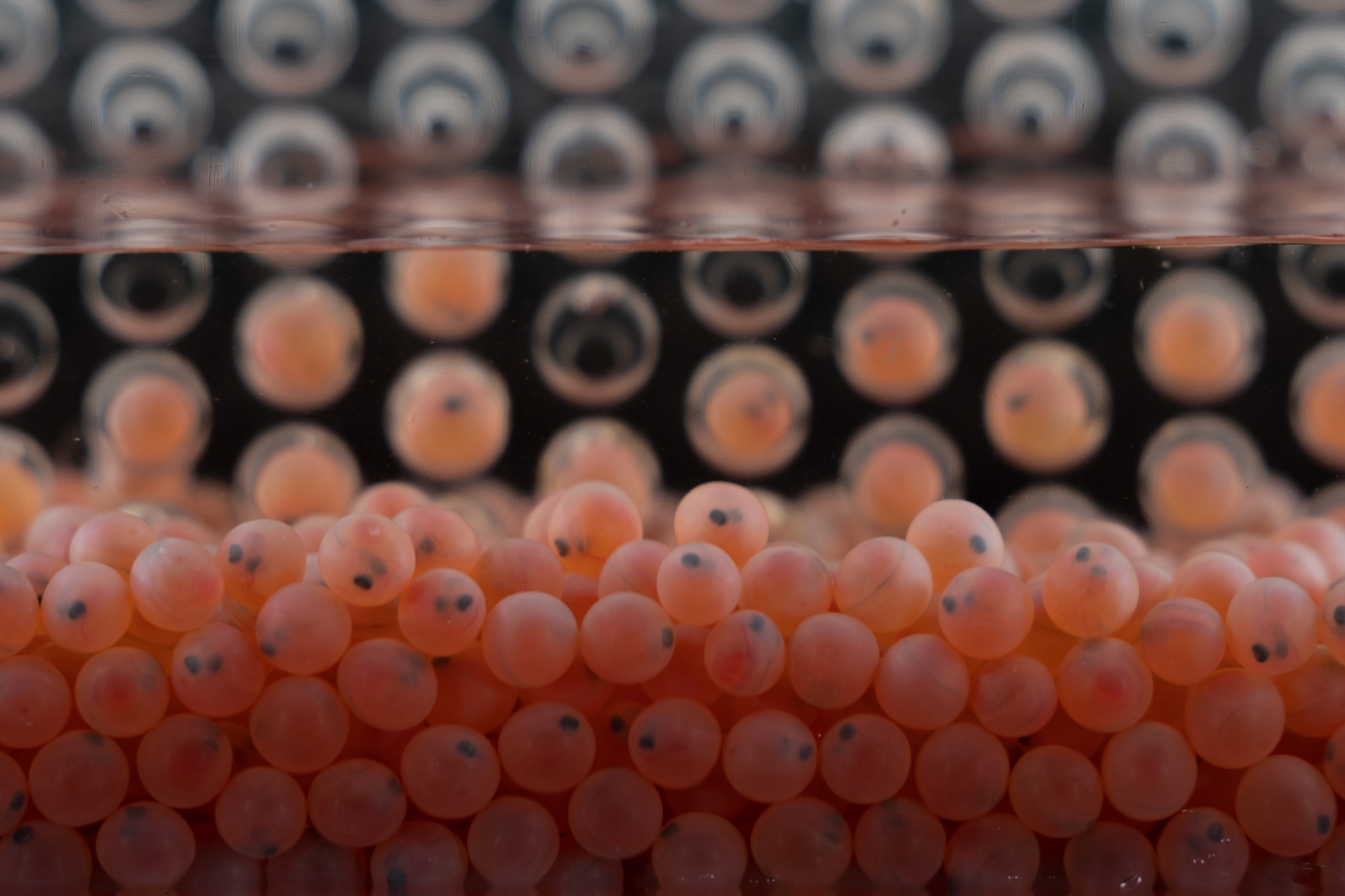
Total volume harvested:
173,500 tonnes gutted weight
Started construction of the expansion of the smolt facility on Senja, Senja 2 Successful private placement and listing of Icelandic Salmon on Euronext Growth, SalMars ownership reduced to 51 per cent.

Total volume harvested:
166,000 tonnes gutted weight
Increased ownership in Icelandic aquaculture company Arnarlax Ehf to 59 per cent. Gustav Witzøe new CEO following Olav-Andreas Ervik appointment as new CEO in SalMar Ocean which strengthens the focus on offshore fish farming. Started construction of InnovaNor, the new harvesting and processing plant on Senja in Northern Norway
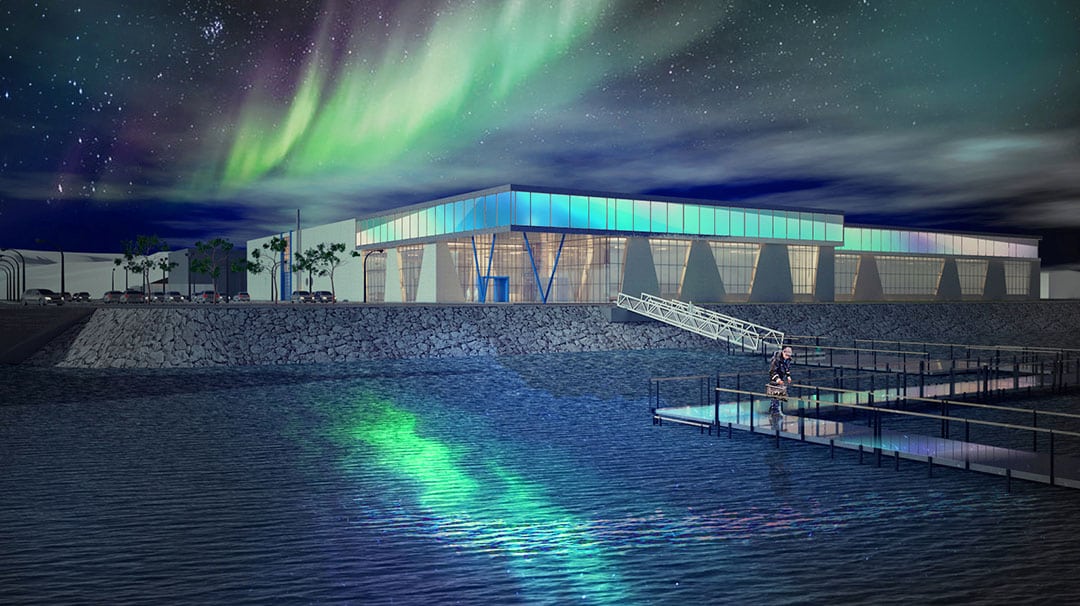
Total volume harvested:
159,000 tonnes gutted weight
SalMar increased shareholding in Arnarlax Ehf to 41.95 per cent. First harvest from the worlds first offshore fish farm, Ocean Farm 1 Aqusition of 51 per cent of the shares in Mariculture AS, to establish fish farming offshore in the open ocean. Trond Williksen steps down as CEO, OlavAndreas Ervik new CEO.
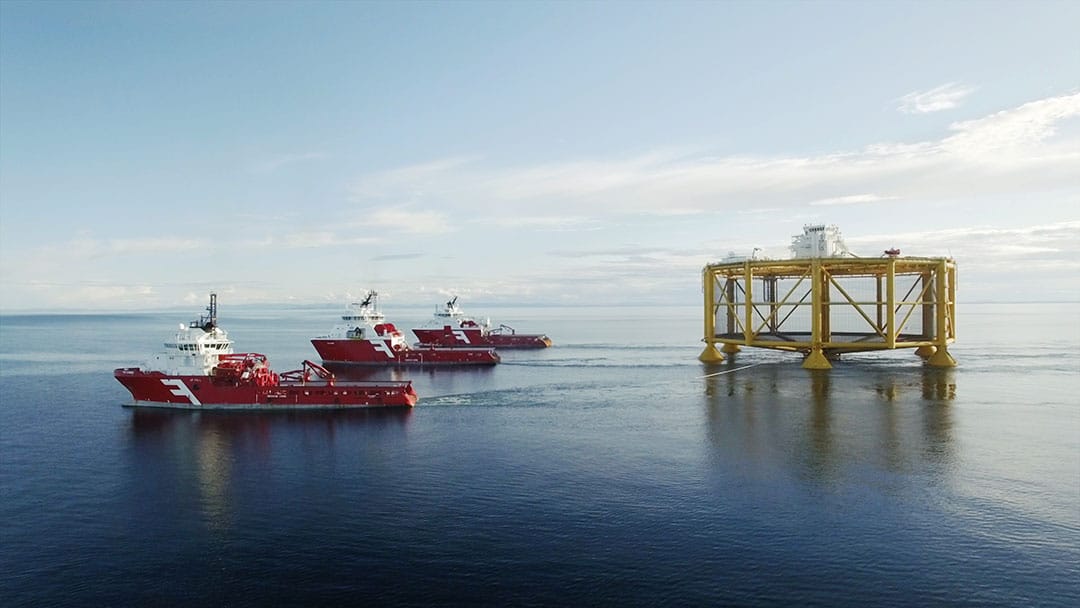
Total volume harvested:
154,000 tonnes gutted weight
September 2017, Ocean Farm 1 arrived at its destination in Frohavet, off the Trøndelag coast in Central Norway The new smolt production facility in Senja was completed
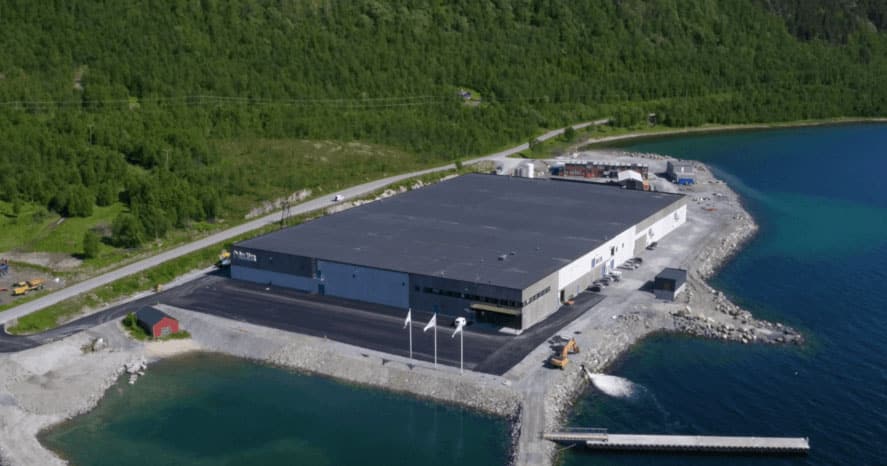
Total volume harvested:
131,000 tonnes gutted weight
SalMar awarded the first eight development licences for Ocean Farming AS. SalMar increased shareholding in Arnarlax Ehf to 34 per cent. Leif Inge Nordhammer steps down as CEO, Trond Williksen new CEO
Total volume harvested:
150,000 tonnes gutted weight
Principle approval of the ocean farming pilot. Establishment on Iceland through acquisition of 22.91 % of the shares in the Icelandic farming company Arnarlax Ehf.
Total volume harvested:
154,800 tonnes gutted weight
Acquisition of 8 green licenses Yngve Myhre steps down as CEO and is replaced by Leif Inge Nordhammer.
Total volume harvested:
128,000 tonnes gutted weight
Acquisition of minority shares in SalMar Rauma AS and 50.4% of the shares in Villa Organic AS. Divestment of ownership in P/F Bakkafrost.
Total volume harvested:
116,000 tonnes gutted weight
Acquisition of 10 licenses in Northern Norway (Finnmark) from Villa Artic AS. Increase of shareholding in P/F Bakkafrost to 25.2%.
Total volume harvested:
104,000 tonnes gutted weight
Completion of the world’s most innovative and efficient salmon harvesting and processing plant – InnovaMar. Acquisition of 7 licenses in Central Norway through Bringsvor Laks A, Krifo Havbruk AS and Villa Miljølaks. Increase of shareholding in P/F Bakkafrost to 24.8%. Leif Inge Nordhammer steps down as CEO after 15 years and is replaced by Yngve Myhre.
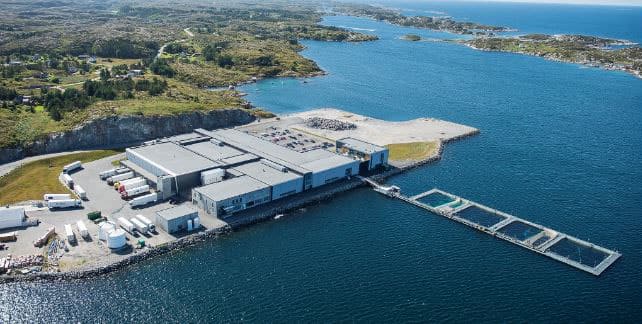
Total volume harvested:
79,000 tonnes gutted weight
Acquisition of 75.54% of Rauma Gruppen AS and 100% of Stettefisk AS. Access to broodstock in Central Norway after the aquisition. Acquisition of 23.3% of the shares in the listed Faeroese company Bakkafrost P/f.
Total volume harvested:
77,000 tonnes gutted weight
Acquisition of the remaining 66% of the shares in Volstad Seafood AS.
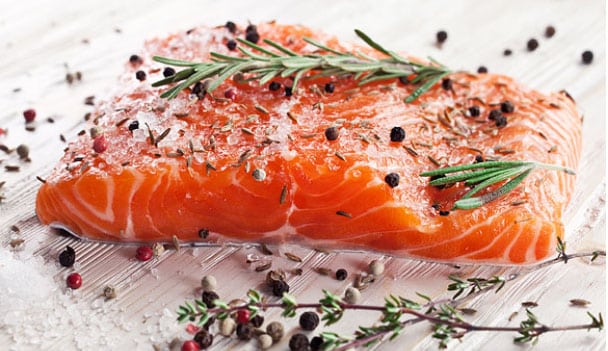
Total volume harvested:
65,000 tonnes gutted weight
Acquisition of one licence in Central Norway (Møre & Romsdal) and one in Northern Norway (Troms). Acquisition of 34% of the shares in Volstad Seafood AS.
Total volume harvested:
64,000 tonnes gutted weight
SalMar shares listed on the Oslo Stock Exchange on 8 May 2007. Acquisition of 4 licenses in Møre & Romdsdal through Halsa Fiskeoppdrett AS and Henden Fiskeoppdrett AS. Acquisition of Arctic Salmon AS (four licences) in Nordreisa, Troms.
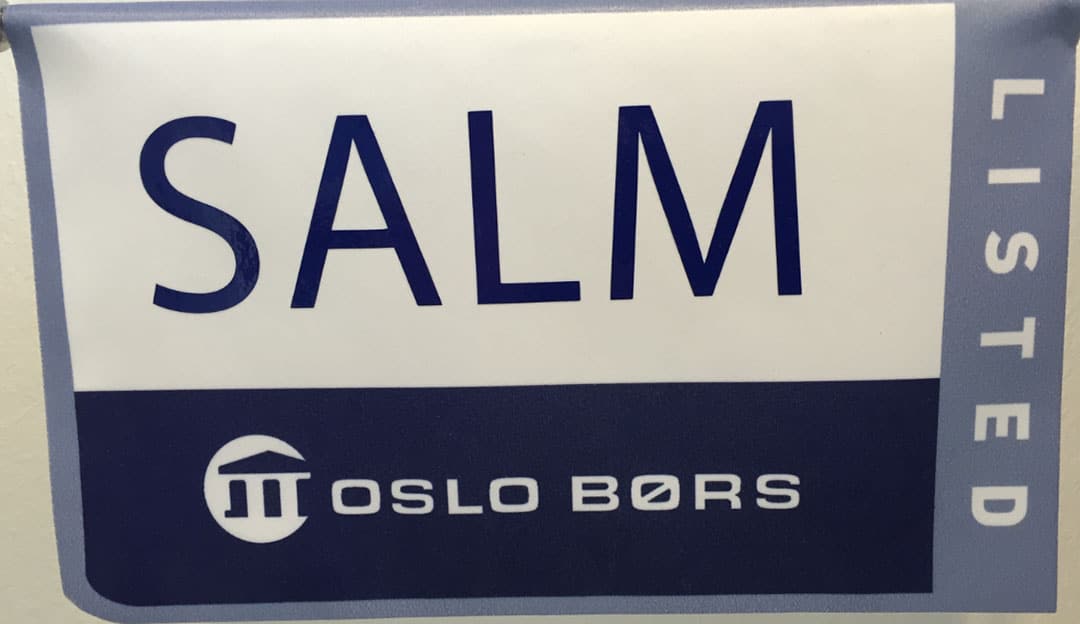
Total volume harvested:
44,000 tonnes gutted weight
Kverva Holding AS sells 42.5% of the company’s shares to a limited number of Norwegian and international investors. Acquisition of three new licenses in Nordmøre. Acquisition of the remaining 51% of the shares in Senja Sjøfarm AS.
Total volume harvested:
35,000 tonnes gutted weight
Focus on the core. Divestment of operations SalMar does not consider to be core businesses, including the production of herring, herring oil and fish meal.
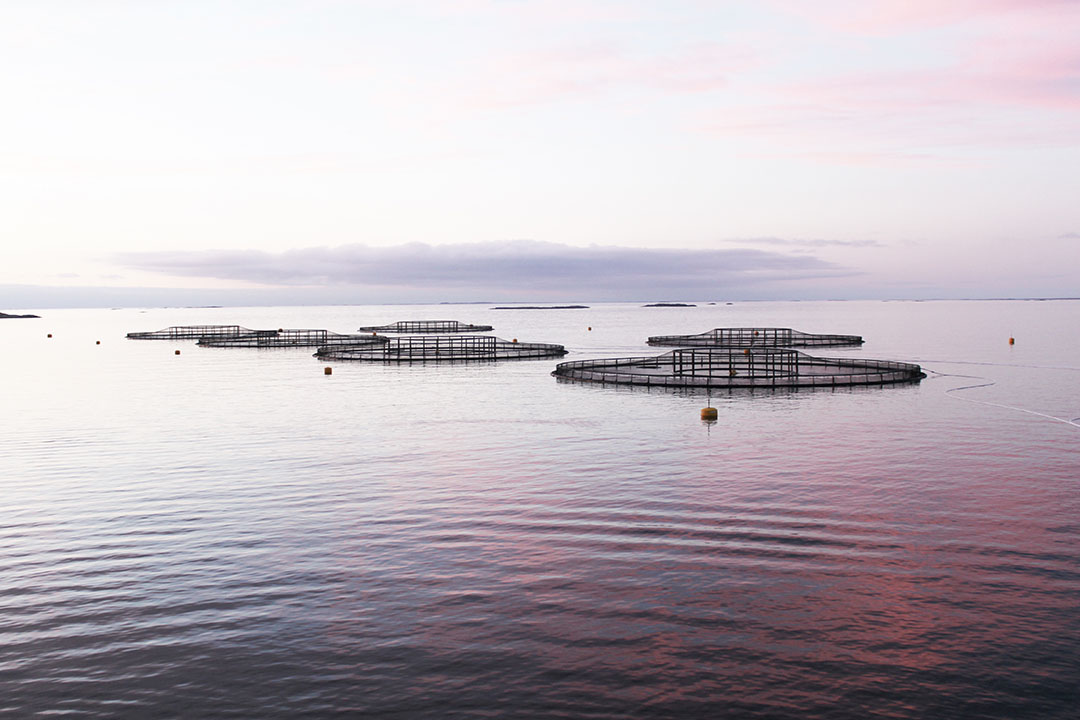
Total volume harvested:
15,000 tonnes gutted weight
Establishment of operations in UK through establishment a 50/50 joint venture with Lerøy Seafood Group which became sole owner of Scottish Sea Farms Ltd, the UK’s second largest salmon producer.
Total volume harvested:
11,000 tonnes gutted weight
Establishment of operations outside of Central Norway through the acquisition of 49% of the shares in Senja Sjøfarm AS in Troms.
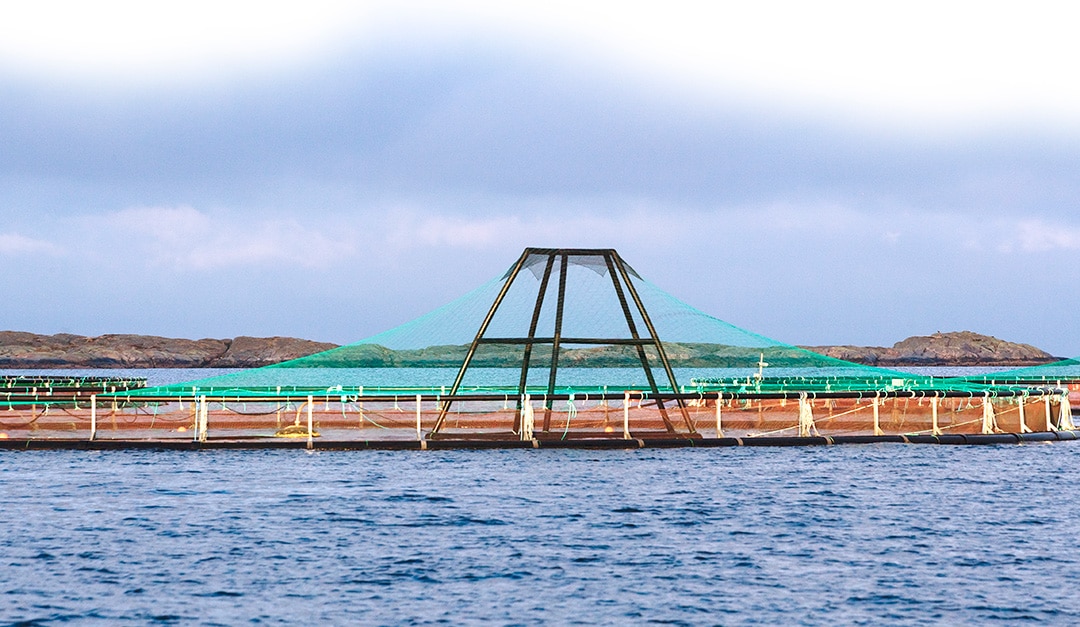
Kverva Holding AS becomes sole owner of SalMar. Extension of the processing plant at Nordskaget in Frøya.
Start of smolt production. Acquisition of Follasmolt AS in Verran, NordTrøndelag and lease of Kjørsvik Settefisk’s hatchery in Aure, Møre & Romsdal.
Acquisition of two licences for the production of farmed salmon in Central Norway
SalMar is founded in Frøya in Sør-Trøndelag following the acquisition of one licence for the production of salmon and a harvesting/ processing plant. The company’s primary business was the processing of frozen salmon. This was the start of a major restructuring of the Norwegian aquaculture sector, which gradually led to a substantial increase in its level of industrialisation.
